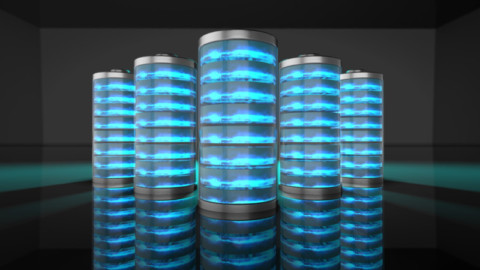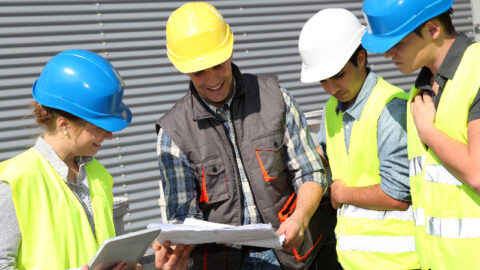The Victorian Government has released the Victorian Offshore Wind Energy Implementation Statement 2, outlining the state’s plans to meet its offshore wind targets and establish a thriving offshore wind energy sector.
The Victorian Offshore Wind Energy Implementation Statement 2 sets out how Victoria will leverage industry-led investment in offshore wind for the first tranche of projects that will deliver at least two gigawatts of electricity by 2032.
The strategy confirms the location of the Victorian Renewable Energy Terminal at the Port of Hastings. The terminal will support wind construction delivery of up to one gigawatt per year, process turbines up to 18MW and service multiple offshore wind developments concurrently.
Minister for Energy and Resources Lily D’Ambrosio, said Victoria is paving the way for Australia’s first offshore wind farms, and this latest implementation statement will give industry the guidance they need to kickstart our first projects.
“Offshore wind will create over 6,000 jobs, generate billions in investment and create cheaper, cleaner, more reliable power for all Victorians,” Ms D’Ambrosio said.
The Victorian Renewable Energy Terminal will undergo a thorough Environment Effects Statement (EES) allowing the community to make submissions which will be considered before the project is progressed.
A Renewable Energy Supply Chain Hub will also be developed near offshore wind development areas. This infrastructure will kickstart the establishment of new renewable energy supply chain opportunities across Victoria.
Offshore Wind Energy Victoria (OWEV) will engage further with local businesses seeking to participate in the offshore wind energy supply chain about how best to build competitive capability.
Work will also begin on a renewable energy workforce development plan that will identify what skills and training is needed to support the industry, with a specific focus on Gippsland.
The strategy also outlines that VicGrid will lead on the development of transmission infrastructure for off-shore wind. It will consider a range of feasible options and is expected to announce the specific transmission connection point locations and route corridors in Gippsland and Portland by the end of 2023.
This will ensure the timely delivery of transmission infrastructure to support offshore wind while minimising impacts on local communities, the environment and consumer costs.
Minister for Ports and Freight, Melissa Horne, said, “We’re developing the specialised port infrastructure needed to secure Victoria’s place as the offshore wind hub of the nation and deliver secure on-going job opportunities in clean energy for the future.”
OWEV is working towards a formal competitive procurement process for the first tranche of offshore wind energy capacity in 2025, further information will be shared in Implementation Statement 3 in late 2023.
Victoria will be the home of Australia’s first offshore wind farms – a key part of achieving our off-shore wind targets of four gigawatts by 2035 and nine gigawatts by 2040 – and help deliver an estimated 59,000 jobs as we work towards net zero by 2045.
To help meet the ambitious emissions targets the Government is also reviving the State Electricity Commission, bringing back government owned renewable energy to deliver cheaper and cleaner power for Victorians.
















